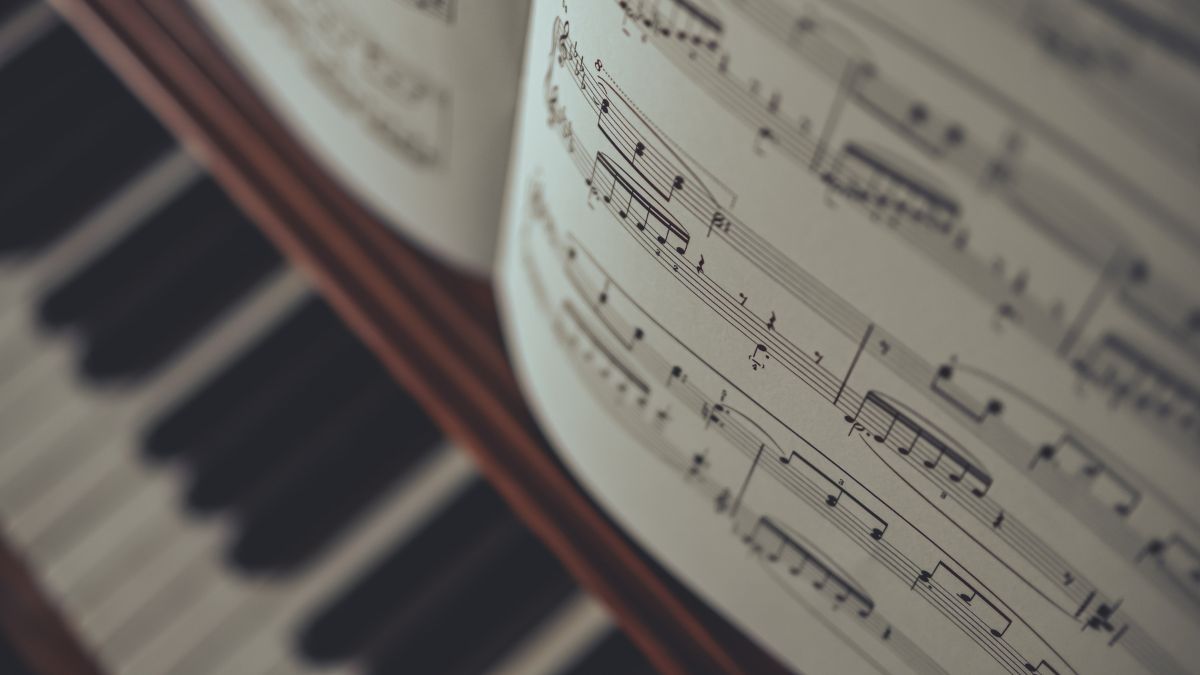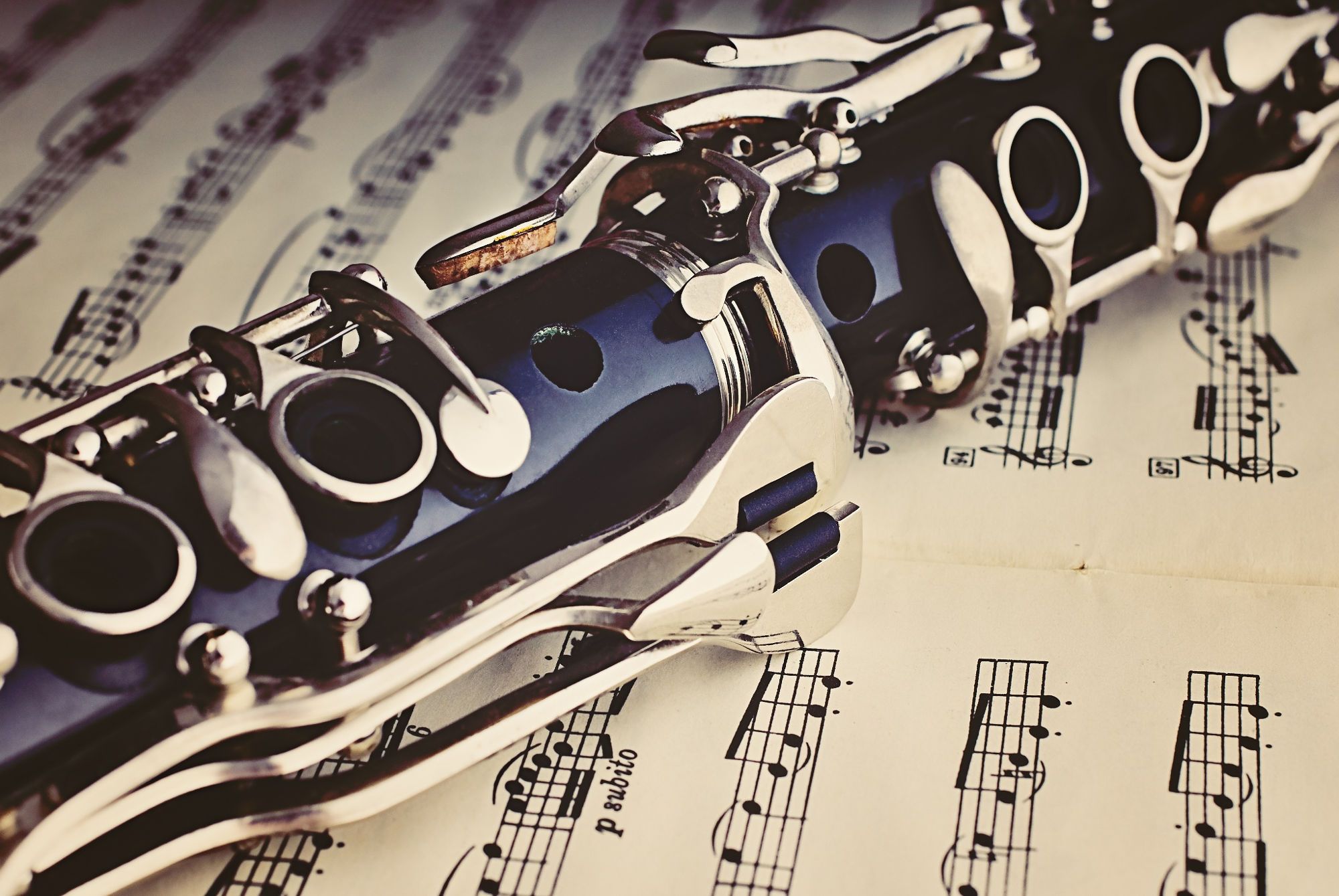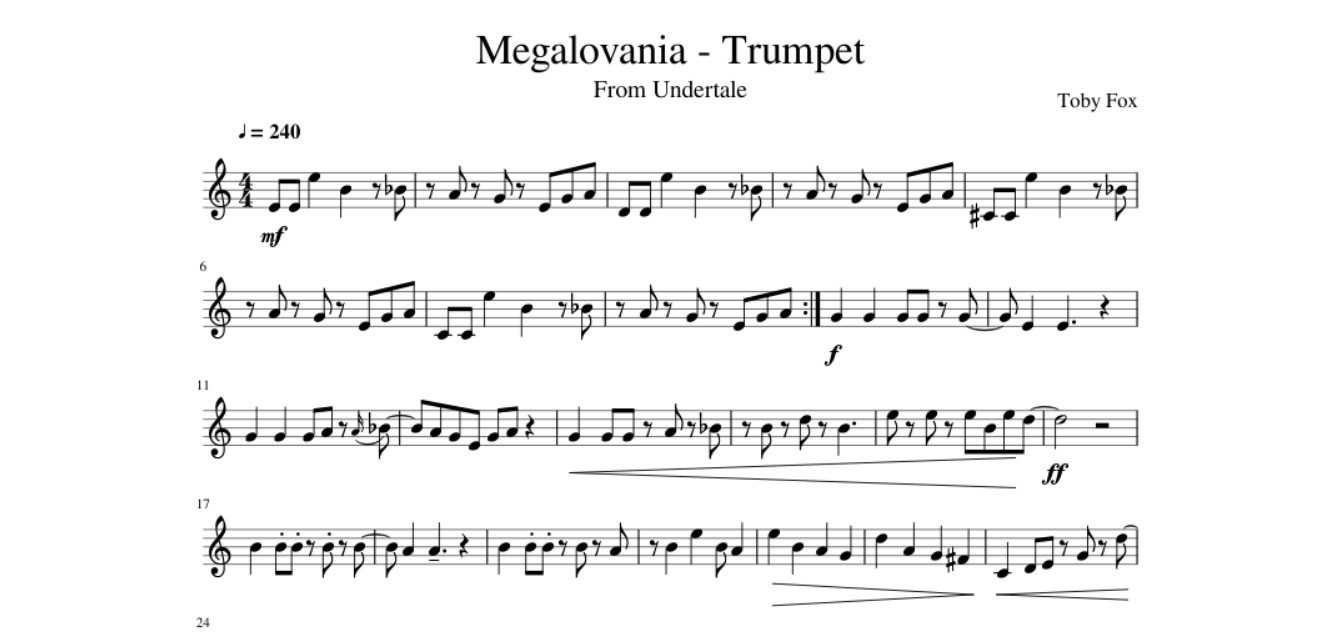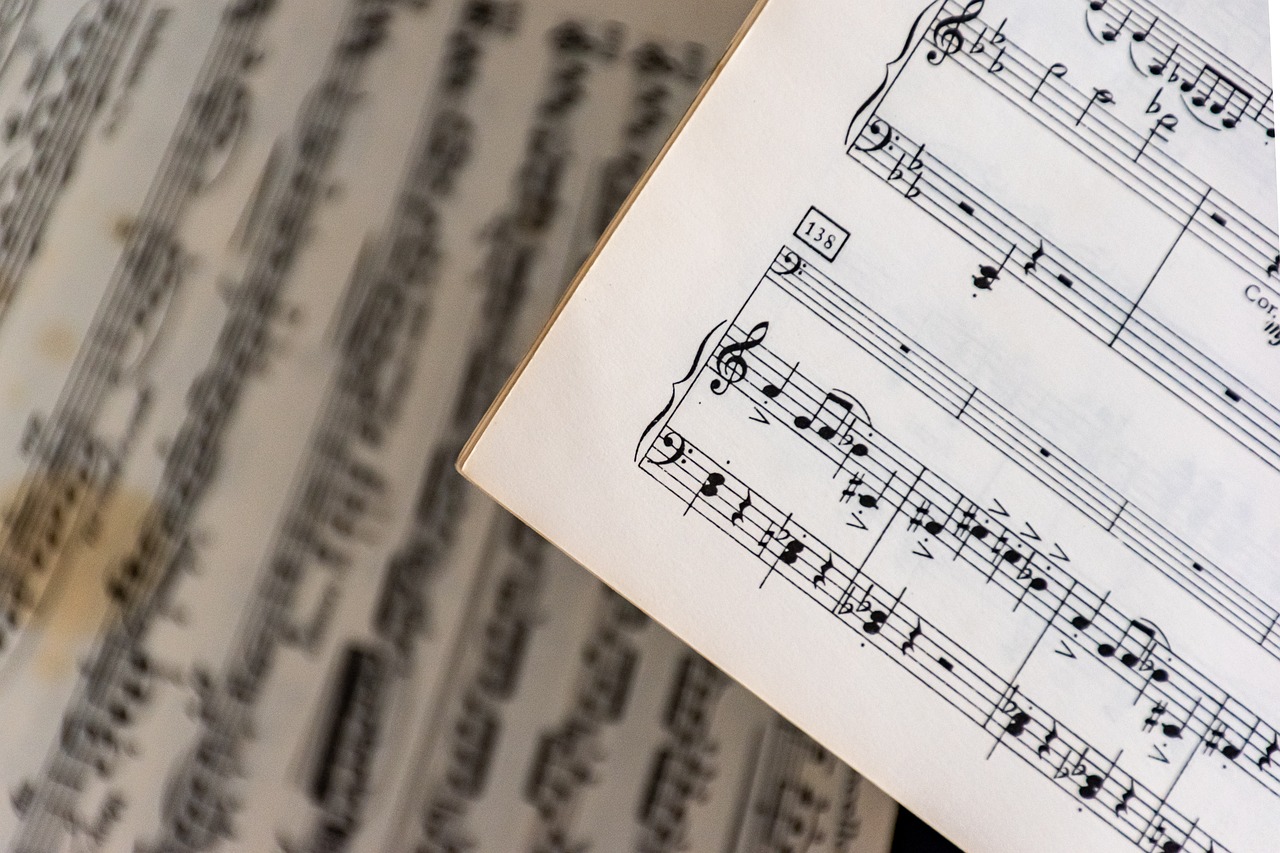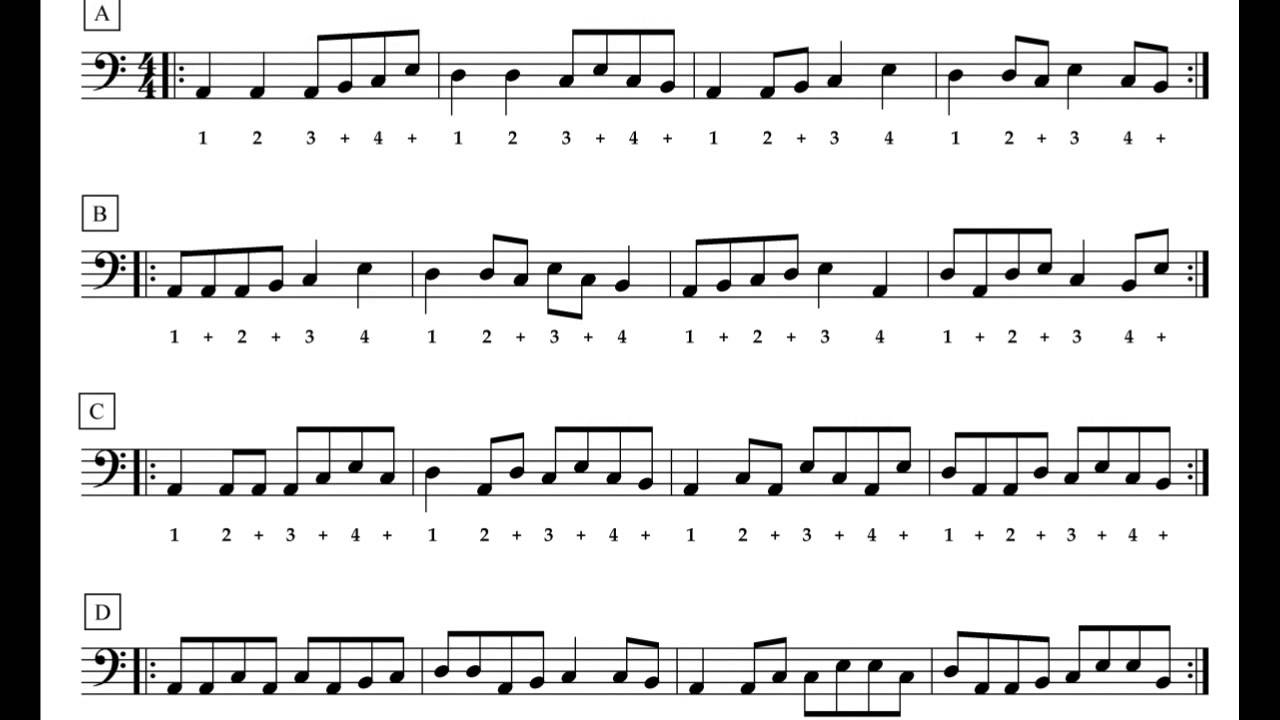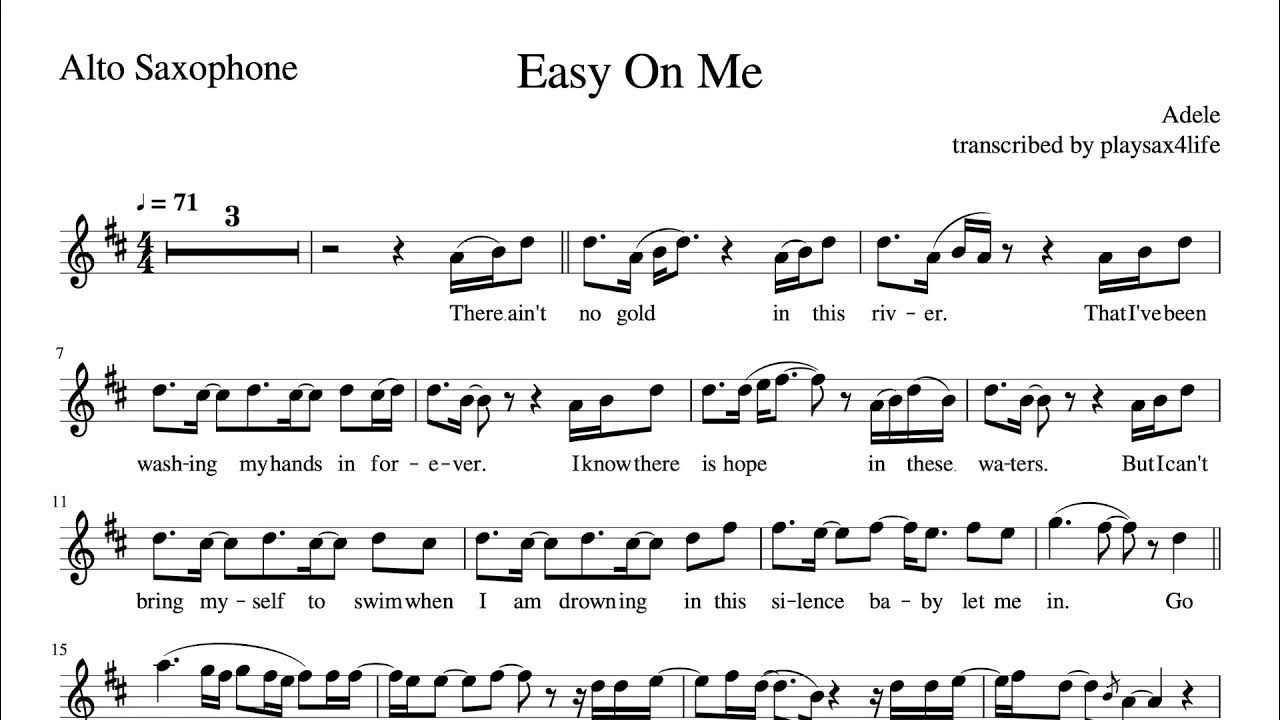Home>Instruments>Drums>How To Read Sheet Music For Drums


Drums
How To Read Sheet Music For Drums
Published: February 8, 2024
Learn how to read sheet music for drums and improve your drumming skills with our comprehensive guide. Master the basics and advance your drumming techniques. Start your musical journey today!
(Many of the links in this article redirect to a specific reviewed product. Your purchase of these products through affiliate links helps to generate commission for AudioLover.com, at no extra cost. Learn more)
Table of Contents
Introduction
Learning to read sheet music for drums is an invaluable skill for any drummer. While many drummers start by learning to play by ear or by watching others, being able to read drum notation opens up a world of musical possibilities. Whether you're a beginner or an experienced drummer looking to enhance your skills, understanding drum notation is essential for communicating musical ideas, collaborating with other musicians, and expanding your repertoire.
Reading sheet music for drums allows you to interpret complex rhythms, understand musical structures, and play a wide variety of musical genres. It also provides a common language for communicating with other musicians, making it easier to learn new songs and collaborate with bands. While it may seem daunting at first, with practice and dedication, you can become proficient in reading drum notation.
In this comprehensive guide, we'll explore the fundamentals of drum notation, including basic symbols, reading rhythms, understanding time signatures, and applying dynamics and articulations. Additionally, we'll provide practical tips to help you improve your sheet music reading skills and enhance your overall drumming proficiency. Whether you're a rock, jazz, funk, or metal drummer, mastering the art of reading sheet music will undoubtedly elevate your musical journey and open doors to new opportunities.
So, grab your drumsticks, and let's dive into the fascinating world of drum notation!
Understanding Drum Notation
Drum notation is a system of writing down music specifically for percussion instruments, such as the drum set, snare drum, and cymbals. Unlike traditional musical notation, which is primarily focused on melody and harmony, drum notation is designed to capture the rhythm and dynamics of percussive elements in a musical piece. Understanding drum notation involves familiarizing yourself with the unique symbols, markings, and terminology used to represent various drum sounds and techniques.
When reading drum notation, it’s essential to grasp the concept of mapping different parts of the drum set to specific positions on the staff. For instance, the snare drum is typically represented by a note placed on the middle line of the staff, while the bass drum is indicated by a note on the bottom space. Similarly, cymbals, toms, and other percussion instruments have their designated positions on the staff, allowing drummers to discern which part of the drum set to play at any given time.
Furthermore, understanding the relationship between note values and their corresponding durations is crucial in drum notation. Different types of notes and rests convey the timing and duration of individual drum hits, enabling drummers to accurately reproduce the rhythm of a musical piece. Additionally, the use of ties, accents, and other articulations in drum notation provides further insight into how each note should be played, adding depth and expression to the music.
As you delve into the world of drum notation, you’ll encounter various specialized symbols that convey specific drumming techniques, such as flams, drags, rolls, and ghost notes. Familiarizing yourself with these symbols and their associated playing techniques will enrich your understanding of drum notation and expand your rhythmic vocabulary as a drummer.
Overall, mastering the intricacies of drum notation empowers drummers to accurately interpret, replicate, and create rhythmic patterns, adding a new dimension of musicality to their performances. With a solid foundation in drum notation, drummers can confidently navigate through diverse musical genres and effectively communicate their rhythmic ideas with fellow musicians.
Basic Drum Notation Symbols
Drum notation employs a set of symbols and markings that represent specific drum sounds, techniques, and dynamics. Understanding these basic drum notation symbols is essential for accurately interpreting and reproducing rhythmic patterns on the drum set. Let’s explore some of the fundamental symbols commonly used in drum notation:
- Note Heads: In drum notation, note heads indicate which drum or percussion instrument to play. Different note head placements on the staff correspond to specific drums, such as the snare drum, bass drum, toms, and cymbals.
- Stem Direction: The direction of the stems attached to note heads distinguishes between different drum voices within a musical passage. Upward stems typically represent higher-pitched instruments like the hi-hat or ride cymbal, while downward stems denote lower-pitched instruments such as the bass drum or floor tom.
- Rests: Rest symbols indicate periods of silence or breaks between drum hits. They are crucial for defining the rhythmic spacing and timing within a musical composition.
- Accents: Accents are markings that signify emphasized or louder drum strokes. They add dynamic variation and intensity to the rhythm, enhancing the overall musical expression.
- Ties and Slurs: Ties and slurs are used to connect notes or indicate specific articulations, such as smooth transitions between drum hits or the elongation of a note’s duration.
- Repeats and Endings: These symbols are employed to denote repeated sections or specific endings within a musical piece, providing clarity and structure for drummers as they navigate through the notation.
By familiarizing yourself with these basic drum notation symbols, you’ll gain a solid foundation for interpreting and performing drum music with precision and accuracy. As you progress in your drumming journey, you’ll encounter additional symbols and notations that further enrich the complexity and depth of drum notation, allowing for nuanced and expressive performances on the drum set.
Reading Rhythms
Mastering the art of reading rhythms is a fundamental skill for any drummer. Rhythms in drum notation are represented by a combination of note values, rests, and other symbols that convey the timing and duration of individual drum hits within a musical passage. Understanding how to interpret and execute different rhythmic patterns is essential for bringing drum notation to life and creating engaging, dynamic performances.
When reading rhythms in drum notation, it’s crucial to grasp the concept of note values and their corresponding durations. Common note values, such as whole notes, half notes, quarter notes, eighth notes, and sixteenth notes, dictate the length of time each drum hit should be sustained. Additionally, rests play a vital role in defining the spaces of silence between drum strokes, contributing to the overall rhythmic structure of a musical piece.
Furthermore, drum notation employs various time signatures to indicate the organization of beats within a measure. Time signatures, such as 4/4, 3/4, 6/8, and others, provide a rhythmic framework for drummers to interpret and perform rhythms with precision. Understanding the relationship between time signatures and rhythmic patterns is essential for maintaining a steady tempo and executing complex drumming sequences effectively.
As you delve deeper into reading rhythms, you’ll encounter syncopated patterns, polyrhythms, and cross-rhythms that add depth and complexity to drum notation. These intricate rhythmic structures challenge drummers to internalize and execute rhythmic patterns with finesse, enhancing their musicality and rhythmic dexterity.
By developing proficiency in reading rhythms, drummers can confidently navigate through diverse musical genres, adapt to varying tempos, and contribute compelling rhythmic textures to ensemble performances. Whether playing rock, jazz, funk, or Latin music, the ability to read and interpret rhythms empowers drummers to drive the groove and elevate the overall musical experience.
Understanding Time Signatures
Time signatures are fundamental elements of musical notation that provide essential rhythmic information for performers. In drum notation, time signatures serve as a roadmap for organizing beats and establishing the rhythmic framework within a musical composition. Understanding time signatures is crucial for drummers, as they dictate the rhythmic structure, meter, and overall feel of a piece of music.
Time signatures are typically presented as a fraction-like symbol at the beginning of a musical score. The top number of the time signature indicates the number of beats in each measure, while the bottom number represents the note value that receives one beat. For example, in a 4/4 time signature, there are four beats in each measure, and the quarter note receives one beat.
Common time signatures encountered in drum notation include 4/4 (common time), 3/4 (waltz time), 6/8, and more. Each time signature conveys a distinct rhythmic feel and dictates how beats are grouped within a measure. For instance, 4/4 time is characterized by a strong emphasis on the first beat of each measure, providing a stable and regular rhythmic foundation. On the other hand, 6/8 time signature signifies a compound meter, where beats are grouped in sets of three, creating a distinct rhythmic pulse.
Understanding the implications of different time signatures is essential for drummers to internalize the rhythmic groove, maintain steady tempo, and execute rhythmic patterns accurately. It also enables drummers to interpret musical phrasing, anticipate rhythmic accents, and navigate through complex rhythmic structures with confidence.
Furthermore, time signatures play a significant role in shaping the overall feel and character of a musical piece. Whether it’s a driving rock beat in 4/4, a lively jazz swing in 6/8, or a graceful waltz in 3/4, the choice of time signature profoundly influences the rhythmic energy and mood of the music.
By developing a deep understanding of time signatures, drummers can effectively interpret and express the rhythmic nuances of diverse musical genres, contributing to compelling and engaging performances. Mastery of time signatures empowers drummers to infuse their playing with rhythmic precision, musicality, and an intuitive sense of rhythmic interpretation.
Applying Dynamics and Articulations
Dynamic markings and articulations in drum notation play a vital role in shaping the expressive qualities and nuances of a musical performance. By understanding and applying dynamics and articulations, drummers can imbue their playing with depth, emotion, and musicality, elevating the overall impact of their interpretations.
Dynamics: Dynamic markings, such as piano (soft), forte (loud), crescendo (gradually increasing volume), and decrescendo (gradually decreasing volume), provide essential instructions for controlling the intensity and volume of drum strokes. These markings guide drummers in shaping the ebb and flow of the music, adding dramatic impact and expression to their performances. By skillfully incorporating dynamic variations, drummers can create compelling musical narratives and evoke a wide range of emotions through their playing.
Articulations: Articulations in drum notation encompass a diverse array of symbols and markings that convey specific playing techniques and expressive phrasing. Common articulations include accents, staccatos, legatos, flams, and rolls, each of which imparts distinct tonal and rhythmic characteristics to drum strokes. By adhering to articulation markings, drummers can infuse their playing with clarity, precision, and nuanced articulation, enhancing the rhythmic complexity and musicality of their performances.
Furthermore, understanding the role of dynamics and articulations enables drummers to interpret musical phrasing, anticipate rhythmic accents, and navigate through complex rhythmic structures with finesse. By embracing these expressive elements, drummers can bring out the subtleties and intricacies of the music, captivating audiences and fellow musicians with their emotive and engaging performances.
Ultimately, the thoughtful application of dynamics and articulations empowers drummers to transcend the technical aspects of drumming and connect with the emotional essence of the music. By harnessing the expressive potential of dynamic and articulative markings, drummers can breathe life into their performances, communicate profound musical narratives, and leave a lasting impression on listeners.
Tips for Reading Sheet Music for Drums
Mastering the skill of reading sheet music for drums requires dedication, practice, and a strategic approach to learning. Whether you’re a beginner drummer venturing into the world of drum notation or an experienced player looking to refine your reading abilities, the following tips will help you navigate the intricacies of drum notation with confidence and proficiency:
- Start with the Basics: Begin by familiarizing yourself with the fundamental elements of drum notation, including note heads, stems, rests, and basic rhythmic patterns. Establishing a strong foundation in the basics will provide a solid framework for advancing to more complex rhythmic structures.
- Practice Sight-Reading: Regular sight-reading exercises are invaluable for honing your ability to interpret and play drum notation in real time. Set aside dedicated practice sessions to sight-read various musical passages, gradually increasing the level of difficulty as your skills improve.
- Study Different Musical Styles: Explore sheet music across diverse musical genres, such as rock, jazz, funk, Latin, and orchestral percussion. Each genre presents unique rhythmic patterns and notational conventions, expanding your rhythmic vocabulary and versatility as a drummer.
- Use Metronome and Play Along with Recordings: Employ a metronome to develop a strong sense of timing and precision while reading sheet music. Additionally, play along with recordings of songs or drum tracks to internalize rhythmic patterns and observe how they are notated in sheet music.
- Seek Guidance from Transcriptions: Study transcriptions of drum parts from iconic songs and drummers. Analyzing transcriptions provides valuable insights into how rhythmic patterns are notated and executed, offering practical learning opportunities.
- Understand Song Structures: Familiarize yourself with the overall structure of songs, including verse-chorus arrangements, bridges, and musical forms. Recognizing song structures will aid in interpreting drum notation within the context of a complete musical piece.
- Embrace Progressive Challenges: Gradually challenge yourself with increasingly complex rhythmic patterns, odd time signatures, and syncopated rhythms. Embracing progressive challenges will expand your rhythmic capabilities and bolster your confidence in reading diverse drum notation.
- Collaborate and Perform with Others: Engage in ensemble playing and collaborative musical projects to apply your sheet music reading skills in a practical, real-world context. Collaborating with other musicians fosters musical communication and reinforces your ability to interpret and execute drum notation within a group setting.
By integrating these tips into your practice routine and approaching sheet music reading with patience and persistence, you’ll steadily enhance your proficiency in interpreting and performing drum notation. Embrace the journey of learning to read sheet music for drums as a rewarding endeavor that will elevate your drumming prowess and expand your musical horizons.
Conclusion
Mastering the art of reading sheet music for drums is a transformative journey that empowers drummers to communicate, interpret, and express rhythmic patterns with precision and creativity. By delving into the intricacies of drum notation, drummers gain access to a rich tapestry of musical possibilities, enabling them to navigate diverse genres, collaborate with fellow musicians, and elevate their overall musicality.
Understanding drum notation opens doors to a world of rhythmic exploration, where drummers can interpret complex rhythms, apply dynamic nuances, and breathe life into musical compositions. The ability to read sheet music for drums equips drummers with a universal language for communicating musical ideas, facilitating seamless collaborations, and expanding their musical repertoire.
As drummers immerse themselves in the study of drum notation, they develop a keen awareness of rhythmic structures, time signatures, and expressive articulations, honing their ability to convey musical narratives and evoke emotional depth through their playing. By embracing the challenges and rewards of reading sheet music for drums, drummers cultivate a deeper connection to the rhythmic pulse of music and enhance their capacity to contribute meaningfully to musical ensembles and performances.
Ultimately, the journey of learning to read sheet music for drums is a transformative pursuit that fosters growth, creativity, and a profound understanding of rhythmic expression. With dedication, practice, and a passion for rhythmic exploration, drummers can harness the power of drum notation to expand their musical horizons, connect with audiences, and embark on a fulfilling musical odyssey.
So, as you embark on your own journey of mastering drum notation, remember that each notation symbol, rhythmic pattern, and dynamic marking holds the potential to enrich your musicality and elevate your drumming artistry. Embrace the language of drum notation, and let it guide you on a rhythmic adventure filled with discovery, expression, and the joy of bringing music to life through the power of the drums.



